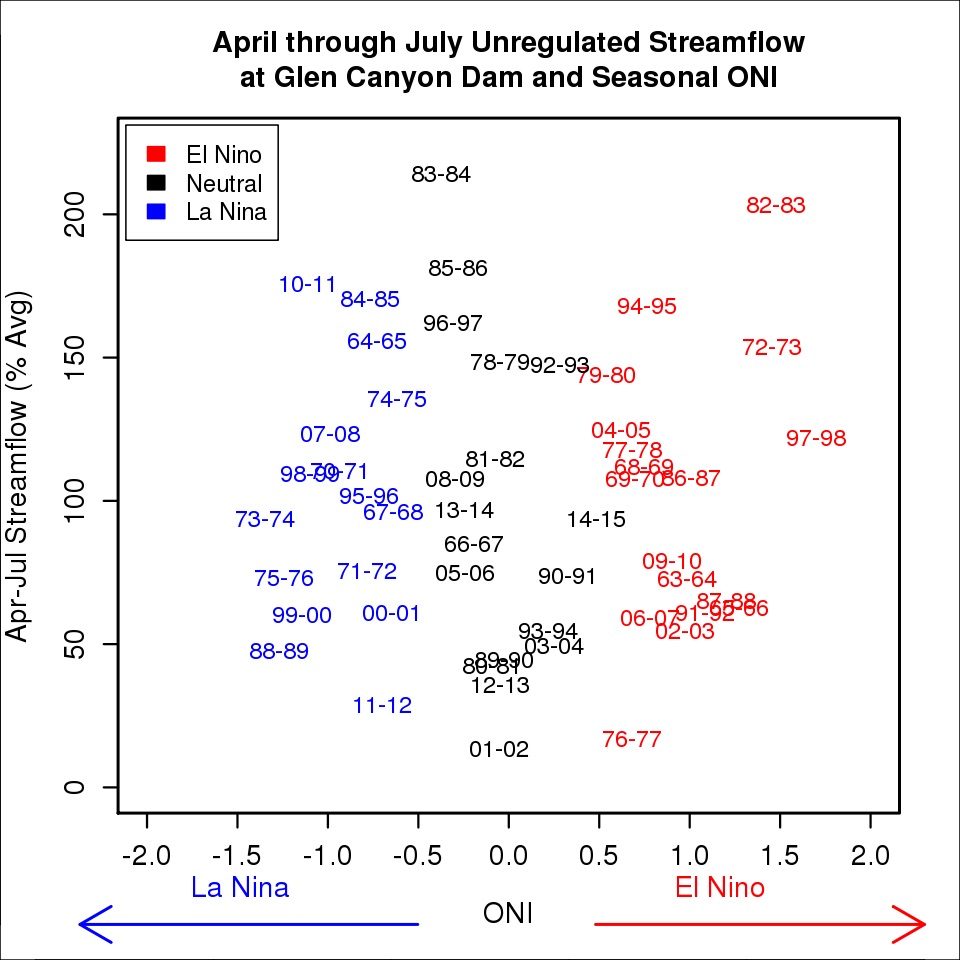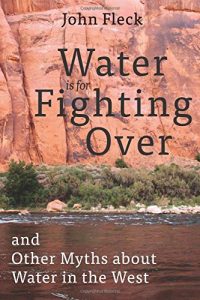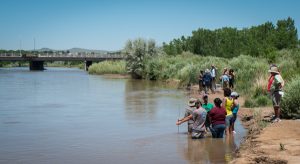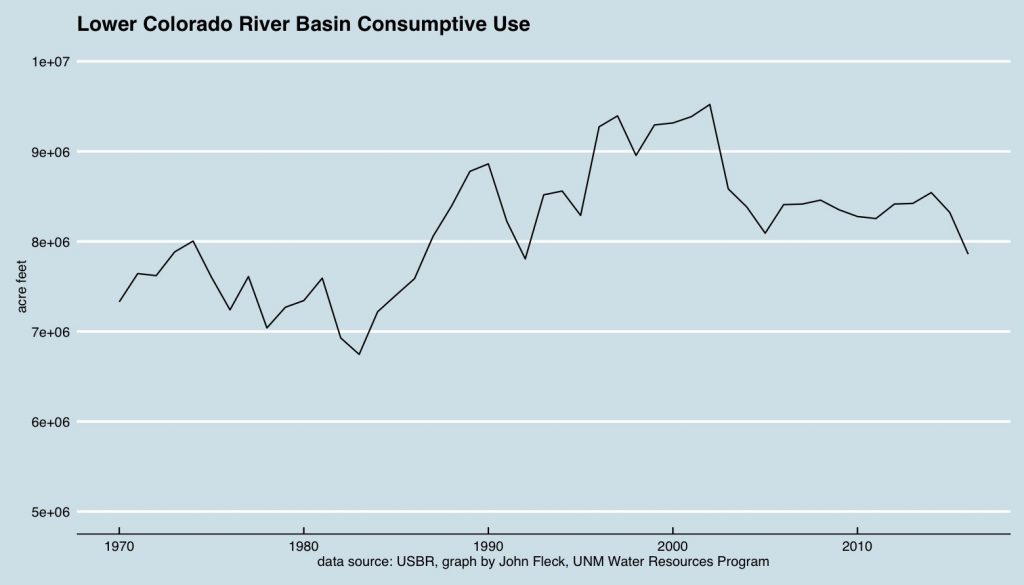News is a misleading way to understand the world. It’s always about events that happened and not about things that didn’t happen. So when there’s a police officer that has not been shot up or city that has not had a violent demonstration, they don’t make the news. As long as violent events don’t fall to zero, there will be always be headlines to click on.
That’s Steven Pinker, in a great interview with Julia Belluz at Vox.
I came to this insight late in my journalism career, and it was central to my decision to quit my newspaper job, go off and write a book, and now launch a new career in academia. Journalism no longer seemed well suited to the task at hand. Here’s how I explained it in the opening chapter of Water is for Fighting Over:
Like many who manage, engineer, utilize, plan for, and write about western water today, I grew up with the expectation of catastrophe…. But as drought set in again across the Colorado River Basin in the first decade of the twenty-first century, I was forced to grapple with a contradiction: despite what had Reisner taught me, people’s faucets were still running. Their farms were not drying up. No city was left abandoned….
When people have less water, I realized, they use less water.
In spite of the doomsday scenarios, westerners were coping, getting along with their business in the face of less water…. I have witnessed this resilience time and again as I travel the hydraulic landscape of the western United States. This book chronicles my attempt to understand and explain where that ability to adapt comes from, how it works, and how we can call on it to get us through the hard times ahead.
Writing about people not running out of water proved a challenge. I hope I pulled it off.




